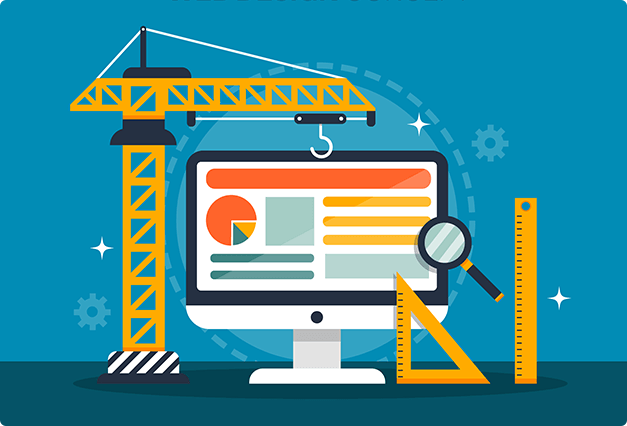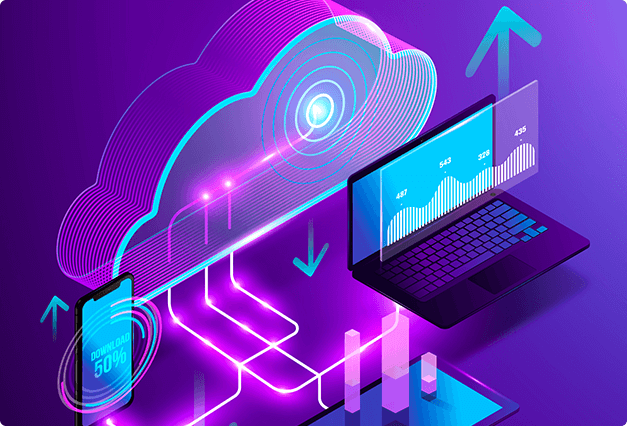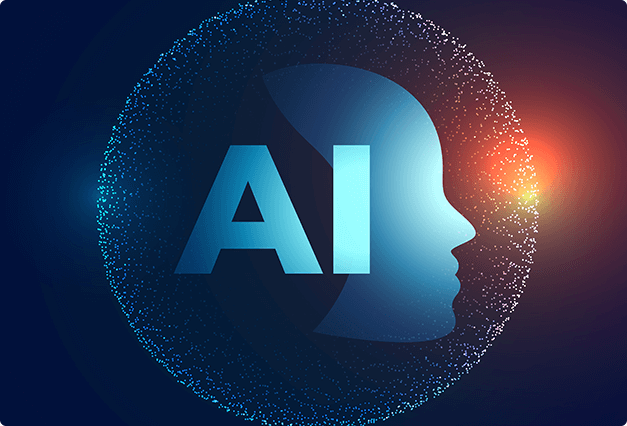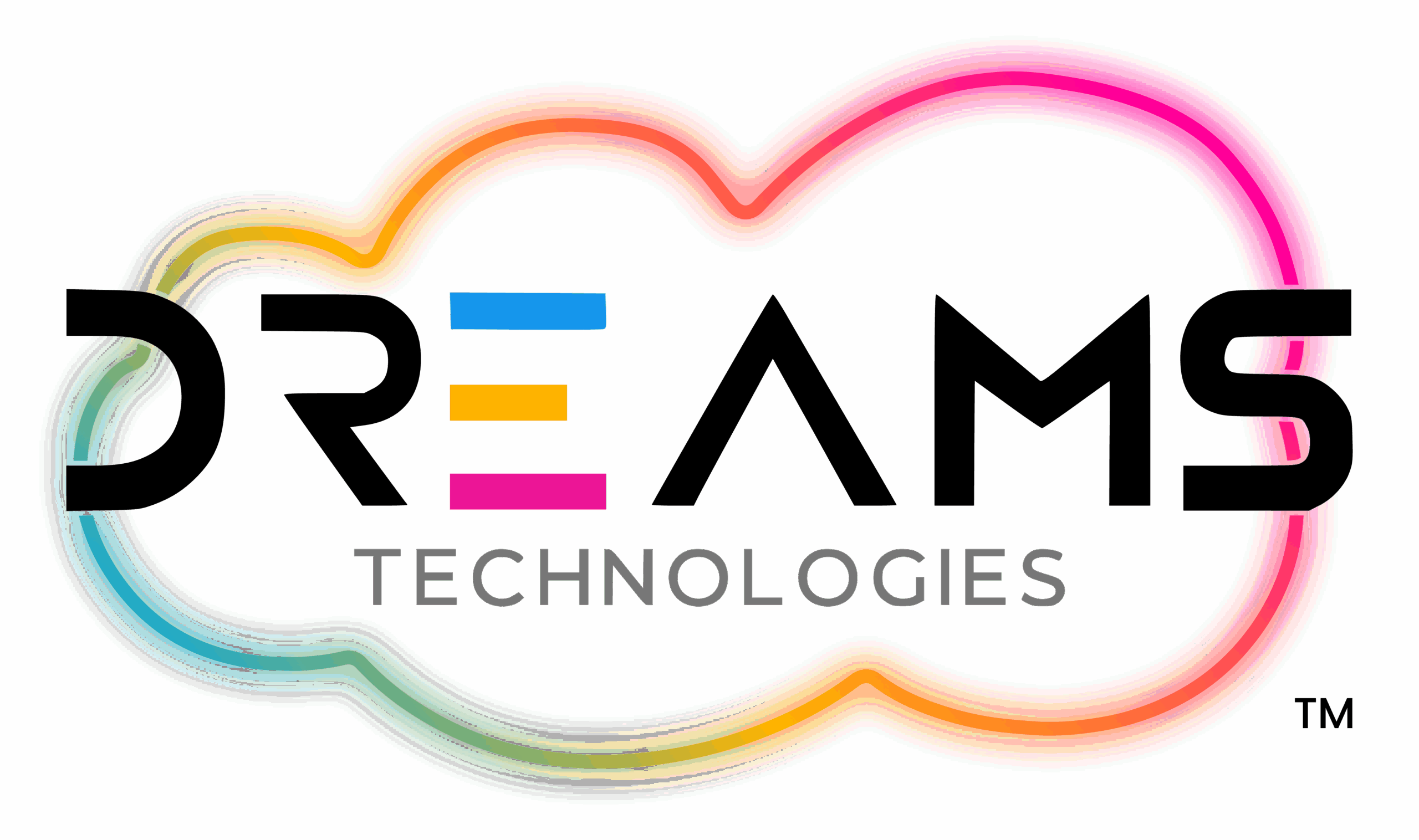Site Reliability Engineering (SRE) at Dreams Technologies
Our Site Reliability Engineering (SRE) services ensure that your applications and infrastructure are robust, scalable, and perform optimally. Our SRE team combines software engineering with systems engineering to deliver high-availability and high-performance systems.
- Home
- »
- Technology Services
- »
- Site Reliability Engineering
What is Site Reliability Engineering?
Site Reliability Engineering (SRE) is a discipline that merges software engineering with operations to ensure that infrastructure and applications are reliable, scalable, and performant. SRE aims to enhance system reliability, availability, and performance through engineering practices and automation, focusing on minimizing downtime and optimizing resource use.


Explosive Growth of Cloud-Native Technologies
Cloud-native technologies are transforming application development, deployment, and maintenance. Driven by container orchestration and microservices, the surge in cloud-native tech is set to continue:
Site Reliability Engineering (SRE) teams are centered around three core responsibilities:
- Automation
SRE teams are leveraging automation to minimize repetitive tasks and enable engineers to concentrate on strategic initiatives. - Observability
By employing advanced observability tools, SRE teams gain profound insights into system behavior, facilitating quicker problem identification and resolution. - Security
SRE teams are adopting a proactive stance on security, integrating it into the development lifecycle and enhancing system resilience against potential attacks.
Focus on Automation
What are some of the automation tools and principles SREs are prioritizing in 2024?
Popular automation platforms like Argo, Flux, Chef, and Ansible, when combined with container orchestration tools such as Kubernetes, are making significant impacts. Choosing the right tool for your team involves various considerations. For instance, you can compare Argo CD and Ansible through user feedback and data on platforms like G2. Other notable automation solutions, such as GitLab and Harness, also offer valuable insights for your automation needs.

Our SRE Approach Approach
Our proactive SRE approach includes:

Reliability and Availability
- Service Level Objectives (SLOs) and Indicators (SLIs):
We define SLOs and SLIs to set clear performance and reliability targets. Continuous monitoring ensures adherence to these targets, maintaining optimal system availability. - Error Budgets:
We use error budgets to balance the need for new features and reliability. This approach helps manage trade-offs between system stability and innovation.

Performance Optimization
- Performance Tuning:
Our experts perform in-depth performance tuning of applications and databases. Techniques such as load balancing, caching strategies, and query optimization are employed to enhance performance. - Benchmarking and Profiling:
We conduct regular benchmarking and profiling to identify performance bottlenecks and optimize code execution paths.

Incident Management and Response
- Automated Incident Detection:
Using tools like Prometheus Alertmanager and PagerDuty, we automate incident detection and escalation to ensure rapid response times. - Runbooks and Playbooks:
We develop detailed runbooks and playbooks for incident management, enabling our team to respond effectively to various failure scenarios.

Automation and Efficiency
- Infrastructure as Code (IaC):
We implement IaC tools such as Terraform and Pulumi to automate infrastructure provisioning and configuration. This approach ensures consistent environments and accelerates deployment cycles. - Continuous Integration/Continuous Deployment (CI/CD):
Our CI/CD pipelines automate code integration, testing, and deployment processes, enhancing development efficiency and reliability.

Capacity Planning and Scalability
- Predictive Scaling:
We use predictive analytics to forecast future resource needs based on historical data and usage patterns, enabling proactive scaling decisions. - Horizontal vs. Vertical Scaling:
We design systems for horizontal scaling to distribute workloads across multiple instances and vertical scaling for adding resources to existing instances as needed.

Monitoring and Observability
- Metrics, Logs, and Traces:
We integrate monitoring solutions like Prometheus for metrics collection, ELK Stack for log management, and Jaeger for distributed tracing. This combination provides comprehensive observability into system health. - Custom Dashboards:
We create custom dashboards in Grafana to visualize key performance metrics and provide actionable insights for ongoing optimization.

Disaster Recovery and Business Continuity
- Automated Backups:
We implement automated backup solutions with regular snapshots and versioning to ensure data integrity and recovery. - Chaos Engineering:
Our approach includes chaos engineering practices to test system resilience by simulating failures and verifying recovery procedures.
Embracing AI and ML
We leverage AI and ML to enhance SRE practices:
- Predictive Analytics
AI-driven predictive analytics help forecast system load and potential failures, enabling preemptive actions to maintain reliability. - Anomaly Detection
Machine learning algorithms detect anomalies in system behavior, providing early warnings of potential issues before they impact performance. - Intelligent Automation
AI enhances automation by adapting to changing system conditions and optimizing resource allocation in real-time.

Infrastructure Automation and Orchestration
Containerization with Docker
Docker packages applications and dependencies into consistent containers, simplifying development and deployment across environments.
Actionable Advice
- Adopt Docker:
Standardize environments with Docker for consistent performance. - Leverage Docker Compose:
Use Docker Compose to manage multi-container applications efficiently.
Orchestration with Kubernetes
Kubernetes automates container deployment, scaling, and management, providing a robust platform for managing complex applications.
Actionable Advice
- Embrace Kubernetes:
Use Kubernetes for dynamic application management and auto-scaling. - Implement Namespaces:
Utilize namespaces for better resource management and security. - Explore Helm Charts:
Simplify deployment with Helm for complex applications.
Advancements in Automation Tools
Infrastructure as Code (IaC) Tools:
Tools like Pulumi and Terraform enable consistent infrastructure management through code.
Actionable Advice
- Explore IaC Tools:
Use IaC tools for reliable and repeatable infrastructure provisioning. - Integrate CI/CD Pipelines:
Automate deployments with Jenkins or GitLab CI to increase deployment frequency.
Service Meshes
Service meshes such as Istio and Linkerd enhance service communication, security, and observability.
Actionable Advice
- Utilize Service Meshes:
Implement service meshes to improve service-to-service communication and monitoring.
Security and Compliance
Incorporating automated compliance monitoring tools, we ensure adherence to security standards and regulations. Our SRE practices include:

Continuous Compliance Checks
Automated tools continuously verify compliance with industry standards and regulatory requirements.

Vulnerability Scanning
Regular vulnerability scans help identify and address security weaknesses proactively.
Ready to Elevate Your System Reliability?
Contact Dreams Technologies today to learn how our Site Reliability Engineering services can transform your operations.
